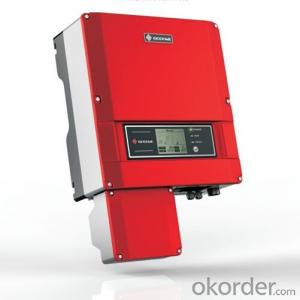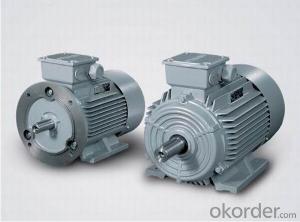Siemens Solar Inverter
Siemens Solar Inverter Related Searches
Germany Solar Inverter Solar Solar Inverter Schneider Solar Inverter Inverter Solar Solar System Inverter Samsung Solar Inverter Solar Electric Inverter Solaris Solar Inverter Solar Inverter System Solar Smart Inverter Solar Energy Inverter Solar Inverter Inverter Smart Inverter Solar Sun Solar Inverter Solar Home Inverter Solar Module Inverter Inverter Solar Cell Solar Power Inverter System Bosch Solar Inverter Solar Electric Inverter System Smart Solar Inverter Inverter Solar System Socomec Solar Inverter Solar Light Inverter Solar Converter Inverter Inverex Solar Inverter Solar City Inverter Inverter Solar Inverter Home Solar System Inverter Solar Battery InverterSiemens Solar Inverter Supplier & Manufacturer from China
Siemens Solar Inverter is a high-quality product designed for efficient energy conversion in solar power systems. These inverters play a crucial role in converting the direct current (DC) generated by solar panels into alternating current (AC), which can be easily integrated into the power grid or used to power various electrical devices. The Siemens Solar Inverter is widely used in residential, commercial, and industrial applications, making it an essential component in harnessing the power of the sun for sustainable energy solutions.The Siemens Solar Inverter is known for its reliability and efficiency, making it a popular choice among solar power system installers and users. It is designed to withstand various environmental conditions and is equipped with advanced features such as maximum power point tracking (MPPT) and islanding protection, ensuring optimal performance and safety. This product is suitable for a range of solar power systems, from small-scale residential setups to large-scale commercial installations, providing a versatile solution for harnessing solar energy.
Okorder.com is a reputable wholesale supplier of Siemens Solar Inverter, offering a vast inventory of this product to cater to the needs of various customers. As a trusted platform, Okorder.com ensures that the Siemens Solar Inverters available on their platform are of the highest quality, meeting the stringent standards set by the manufacturer. This makes Okorder.com an ideal destination for those looking to purchase Siemens Solar Inverters in bulk, whether for personal use or to stock up for their business.
Hot Products


















































